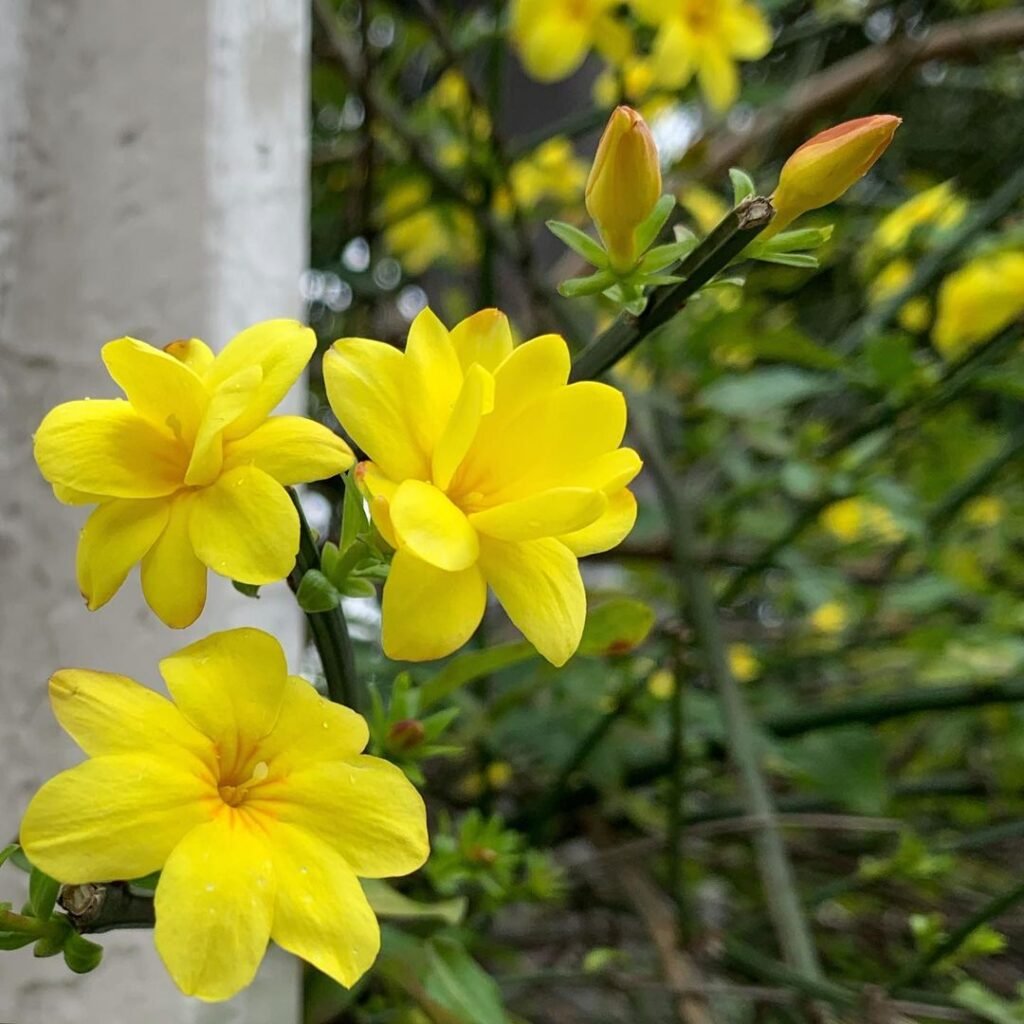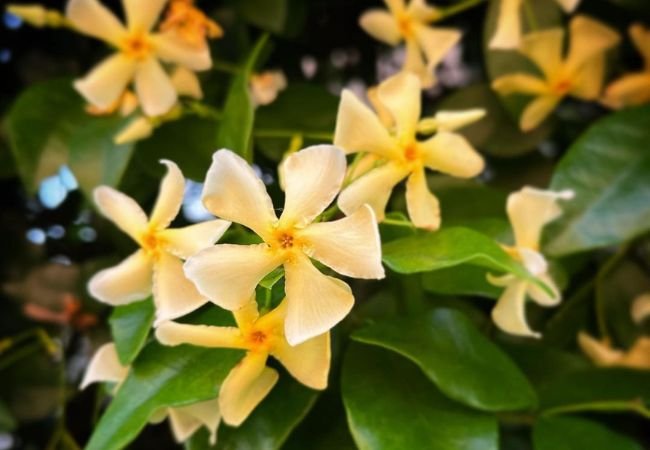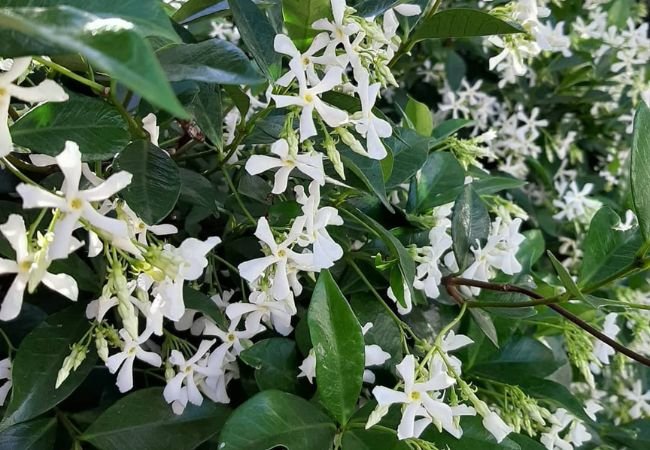Explore Primrose Jasmine, a vibrant yellow-flowering shrub perfect for adding warmth to your garden. Learn how to grow and care for this easy-maintenance plant, and discover its many uses in landscaping and garden design.
Discover the vibrant beauty of Primrose Jasmine, a sunny and vigorous flowering shrub that can brighten up any garden. With its cascading yellow blooms and easy-care nature, this plant is a favorite among gardeners looking to add a touch of warmth to their outdoor spaces.
Here’s an information chart for Primrose Jasmine (Jasminum mesnyi):
| Category | Information |
|---|---|
| Botanical Name | Jasminum mesnyi |
| Common Name | Primrose Jasmine |
| Plant Type | Evergreen shrub |
| Hardiness Zone | Zones 8-11 |
| Sun Exposure | Full sun to part shade |
| Soil Type | Well-draining, fertile |
| Watering | Moderate |
| Growth Habit | Upright, spreading |
| Height/Spread | 6-10 feet tall, 3-6 feet wide |
| Special Features | Fragrant yellow flowers in spring and summer, attracts pollinators, drought tolerant once established |
What is Primrose Jasmine?

Primrose Jasmine, scientifically known as Jasminum mesnyi, is an evergreen shrub or vine that produces bright yellow flowers. Despite its name, it’s not a true jasmine but belongs to the olive family.
Origin and Characteristics
Native to western China, Primrose Jasmine has become popular in gardens worldwide. Key features include:
- Arching branches with dark green leaves
- Bright yellow, semi-double flowers
- Vigorous, spreading growth habit
- Winter to spring blooming period
How to Grow Primrose Jasmine
Planting:
- Choose a location with full sun to partial shade
- Ensure well-draining soil
- Plant in spring or fall
- Space plants 4-6 feet apart
Care Tips:
- Water regularly until established, then only during dry spells
- Fertilize lightly in spring with a balanced, slow-release fertilizer
- Prune after flowering to control size and shape
For comprehensive care instructions, visit the Missouri Botanical Garden’s plant finder.
Uses in the Garden
- Flowering Hedge: Create a vibrant, informal hedge or screen.
- Cascading Accent: Allow it to spill over walls or steep banks.
- Container Plant: Grow in large pots for patios or balconies.
- Trellis Climber: Train it up a trellis or arbor for vertical interest.
Benefits of Primrose Jasmine
- Low Maintenance: Once established, it requires minimal care.
- Attracts Pollinators: Early blooms provide food for bees and butterflies.
- Erosion Control: Spreading roots help stabilize soil on slopes.
- Winter Interest: Provides color during colder months in mild climates.
Common Issues and Solutions
- Overgrowth: Regular pruning may be necessary to control spread.
- Frost Damage: Protect in colder regions. Consider cold frames in harsh climates.
- Pests: Watch for spider mites and whiteflies. Treat with insecticidal soap if needed.
For more information on plant health, consult the USDA’s Plant Health page.
Interesting Facts
- It’s sometimes called “Japanese Jasmine,” despite being native to China.
- The flowers are unscented, unlike many other jasmine species.
- In warmer climates, it can bloom almost year-round.
Primrose Jasmine offers a burst of cheerful yellow color to gardens, especially during the winter and early spring when many other plants are dormant. Its versatility in landscaping, combined with its low-maintenance nature, makes it an excellent choice for gardeners of all skill levels. Whether you’re looking to create a flowing hedge, cover a bare slope, or simply add a splash of sunny color to your garden, Primrose Jasmine is a fantastic option.
For more gardening tips and plant care guides, visit usagardenhub.com.







One comment on “Primrose Jasmine : A Cheerful Addition to Your Garden”